10 Best Herbal Essential Oils For Fever Blister On Lip
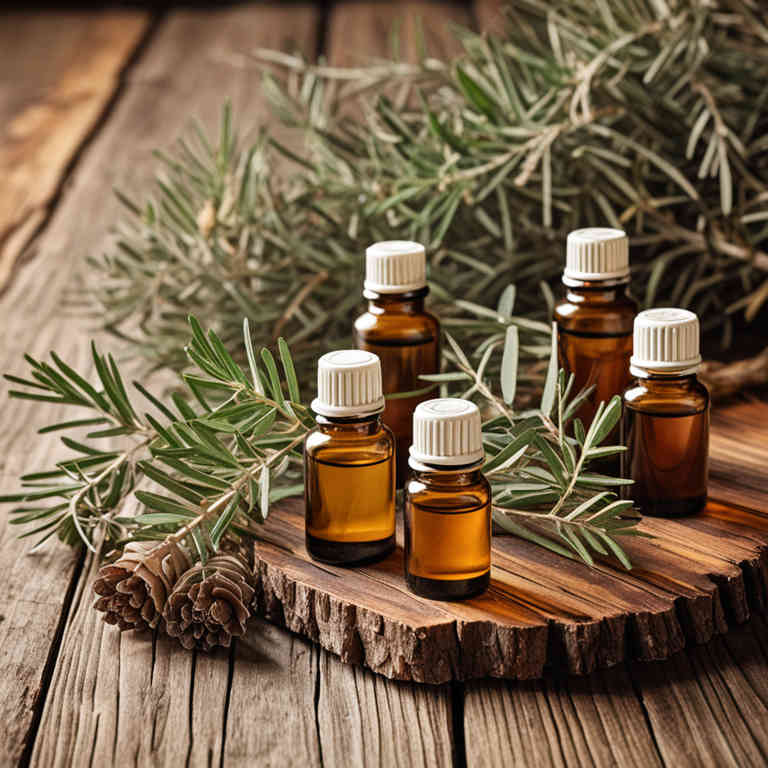
Herbal essential oils, such as tea tree oil, lavender oil, and eucalyptus oil, are often used for their antimicrobial and anti-inflammatory properties to help soothe fever blisters on the lips.
These oils can be diluted with a carrier oil, such as coconut or jojoba oil, to prevent skin irritation and ensure safe application. Applying a few drops of the diluted essential oil to the affected area may help reduce the size of the blister and promote healing. However, it is important to consult a healthcare professional before using essential oils, especially if the blister is severe or part of a larger outbreak.
While some people find relief with these natural remedies, they should not replace medical treatment if the fever blister persists or worsens.
FREE Herb Drying Checklist
How to make sure every batch retains maximum flavor, color, and aroma without the risk of mold or over-drying. Eliminate guesswork and trial-and-error, making herb drying faster, easier, and more efficient every time.
Table of Contents
1. Melissa officinalis
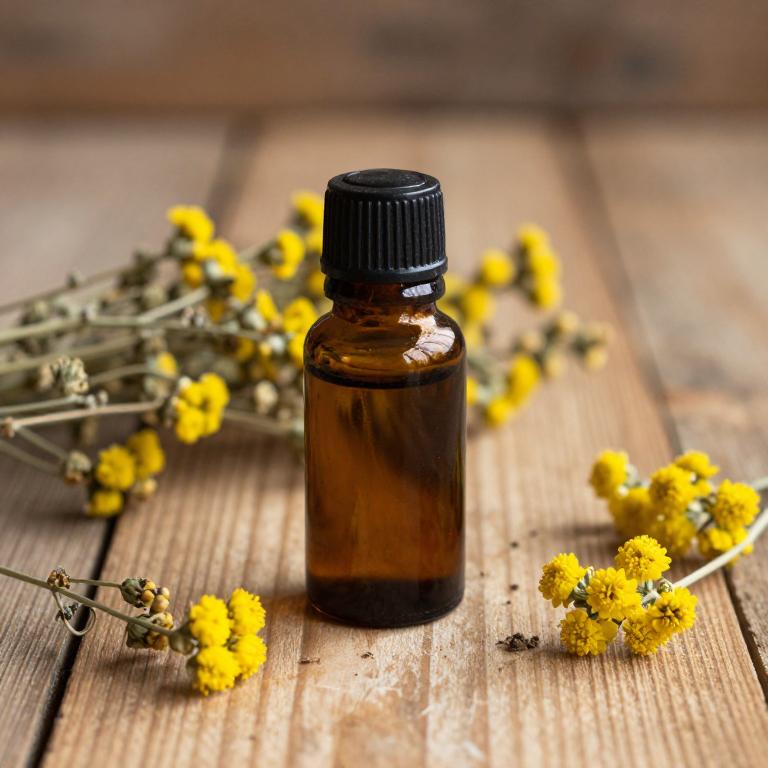
Melissa officinalis, commonly known as lemon balm, is a herb often used in the form of essential oil to address various health concerns, including fever blisters on the lips.
The essential oil derived from Melissa officinalis is known for its calming and antiviral properties, which may help reduce the symptoms of cold sores. When applied topically, it can soothe the irritated skin and potentially shorten the duration of a fever blister outbreak. However, it is important to dilute the essential oil with a carrier oil before application to avoid skin irritation.
While some people find it beneficial, it is recommended to consult with a healthcare professional before using essential oils for medical conditions.
2. Echinacea purpurea
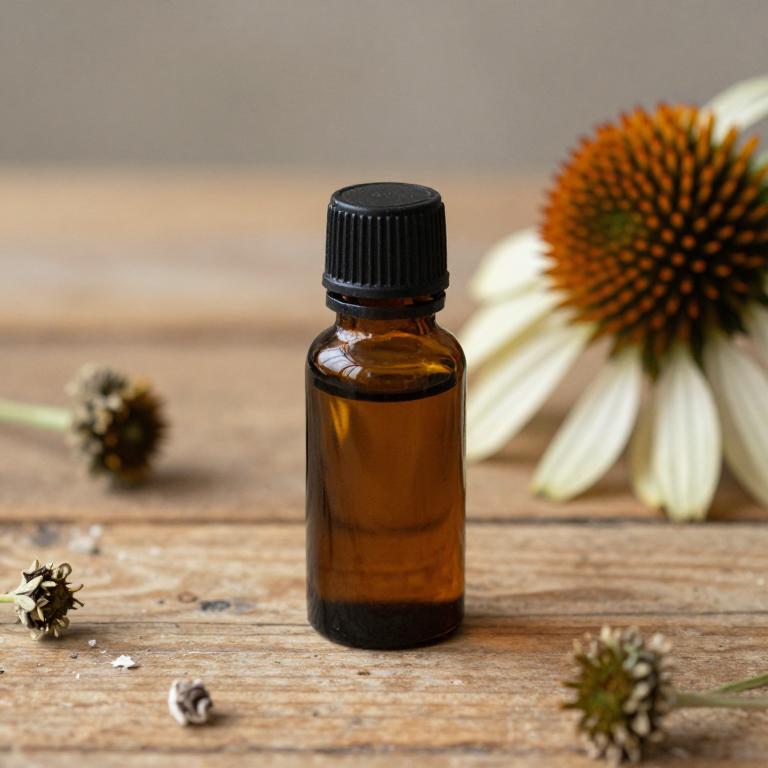
Echinacea purpurea, commonly known as purple coneflower, is a popular herbal remedy often used to support the immune system.
While it is primarily known for its immune-boosting properties, some essential oils derived from echinacea may be used topically to help alleviate symptoms of fever blisters on the lips. However, it is important to note that echinacea essential oils are not typically recommended for direct application on fever blisters due to their strong potency and potential for irritation. Instead, diluted forms of echinacea oil may be used as part of a broader topical treatment regimen under the guidance of a qualified aromatherapist or healthcare provider.
For fever blisters, it is generally more effective to use antiviral or anti-inflammatory oils such as tea tree or lavender oil, which are better suited for sensitive skin and oral areas.
3. Hypericum perforatum
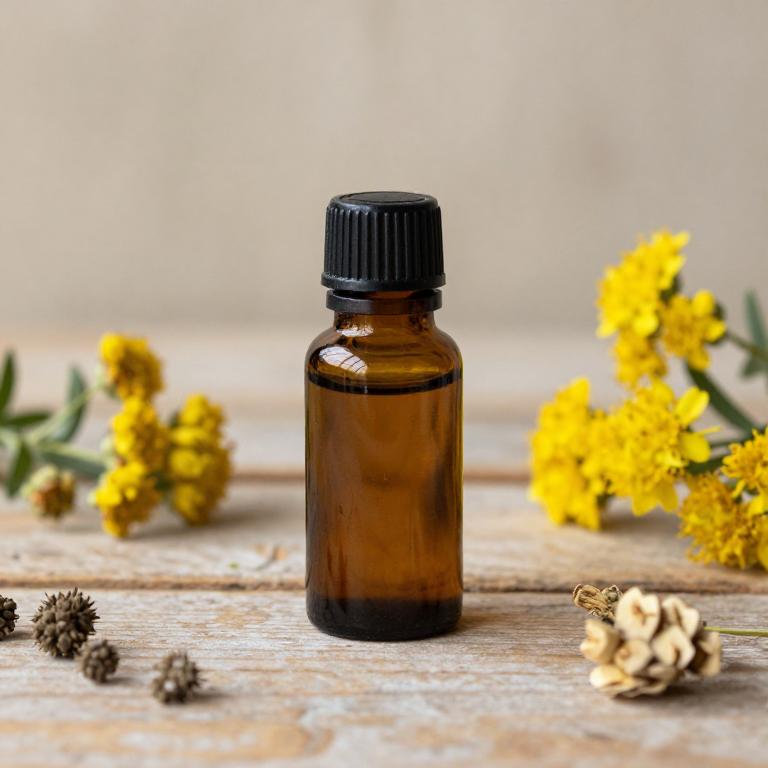
Hypericum perforatum, commonly known as St. John's Wort, contains essential oils that have been traditionally used for their antiviral and anti-inflammatory properties.
These oils may help reduce the symptoms of fever blisters on the lips by inhibiting the replication of the herpes simplex virus. When applied topically, the essential oils can soothe the affected area and promote healing. However, it is important to dilute the oil properly with a carrier oil to avoid skin irritation.
While some studies suggest potential benefits, it is advisable to consult a healthcare professional before using St. John's Wort essential oils for medical conditions.
4. Lavandula angustifolia
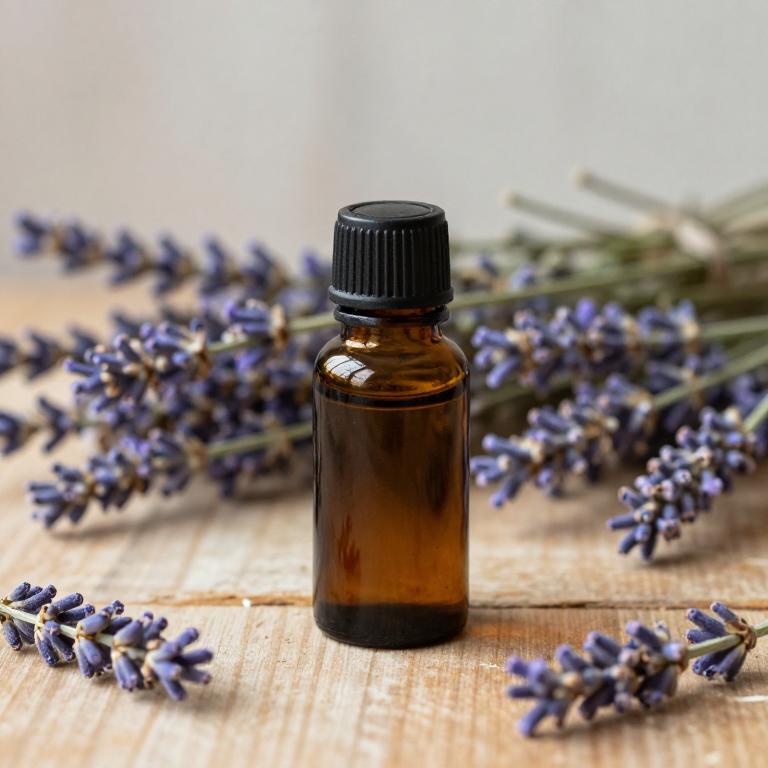
Lavandula angustifolia, commonly known as English lavender, is often used in aromatherapy for its calming and antiseptic properties.
Its essential oil can be applied topically to fever blisters on the lips to help reduce inflammation and promote healing. However, it is important to dilute the essential oil with a carrier oil before applying it to the skin to avoid irritation. While lavender oil may provide some relief, it is not a cure for cold sores and should not replace medical treatment.
Always consult a healthcare professional before using essential oils, especially if you have sensitive skin or underlying health conditions.
5. Achillea millefolium
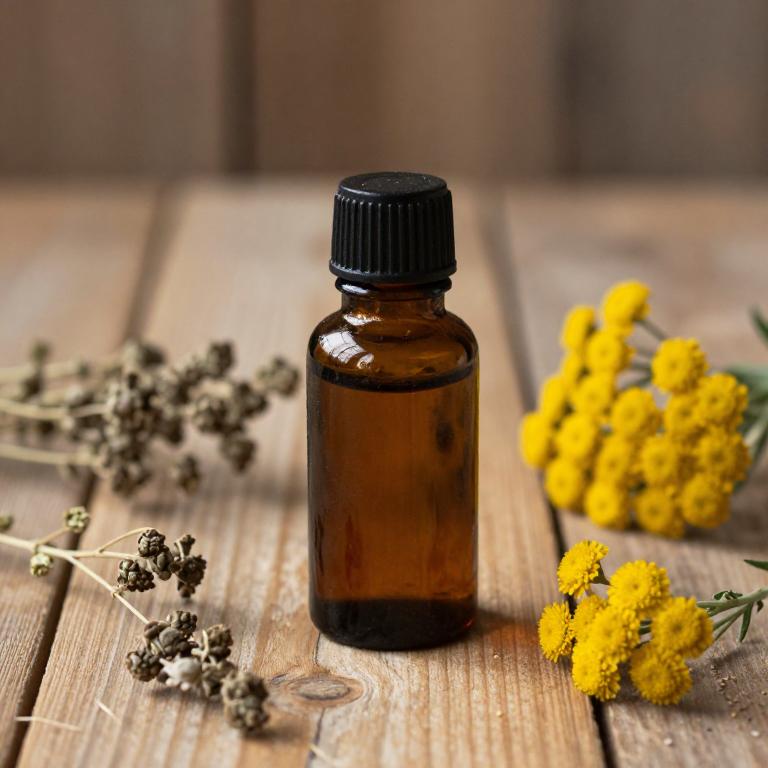
Achillea millefolium, commonly known as yarrow, contains essential oils that have been traditionally used for their antiseptic and anti-inflammatory properties.
These oils may help reduce the inflammation and discomfort associated with fever blisters on the lips. When applied topically, the essential oils from yarrow can promote healing and prevent secondary infections. However, it is important to dilute the essential oil properly with a carrier oil to avoid skin irritation.
While some studies suggest potential benefits, it is advisable to consult a healthcare professional before using yarrow essential oils for this purpose.
6. Rosmarinus officinalis
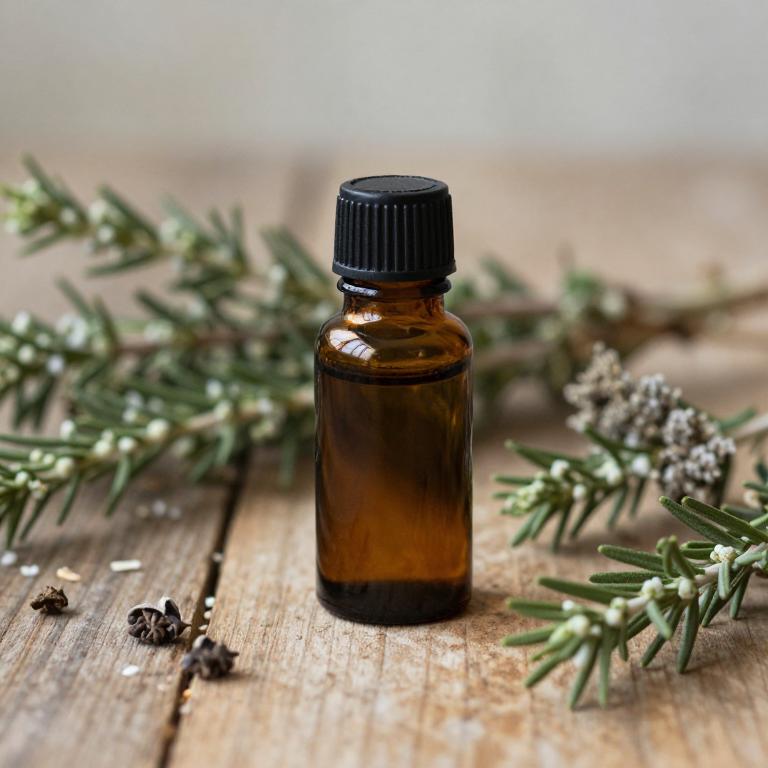
Rosmarinus officinalis, commonly known as rosemary, is a herb whose essential oil has been traditionally used for its antiviral and anti-inflammatory properties.
When applied topically, rosemary essential oil may help reduce the symptoms of fever blisters on the lips by soothing the affected area and promoting healing. However, it is important to dilute the essential oil with a carrier oil such as coconut or jojoba oil before applying to the skin to avoid irritation. While some people find it beneficial, scientific evidence supporting its effectiveness for cold sores is limited, and it should not replace professional medical advice.
Always perform a patch test and consult a healthcare provider if the condition worsens or persists.
7. Thymus vulgaris
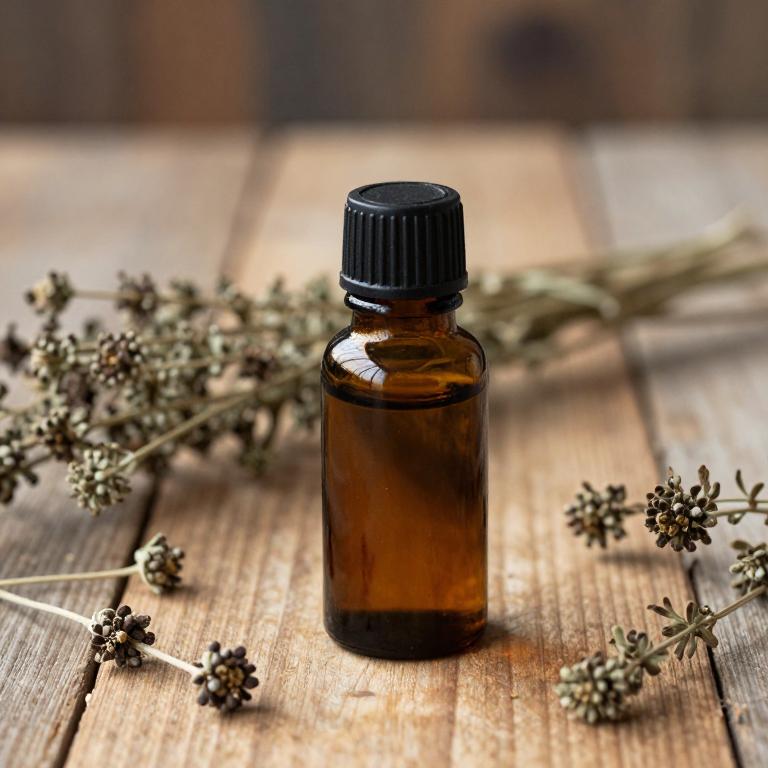
Thymus vulgaris, commonly known as thyme, is a popular herb used in aromatherapy for its potent antiviral and antimicrobial properties.
Its essential oil, derived through steam distillation of the flowering tops, contains compounds like thymol and carvacrol, which are known to have strong antiseptic and anti-inflammatory effects. When applied topically, thyme essential oil may help reduce the symptoms of fever blisters on the lips by inhibiting viral replication and promoting healing. However, it should always be diluted with a carrier oil to prevent skin irritation, as it is quite strong.
While some anecdotal evidence suggests its effectiveness, it is important to consult a healthcare professional before using thyme essential oil for any medical condition.
8. Cinnamomum zeylanicum
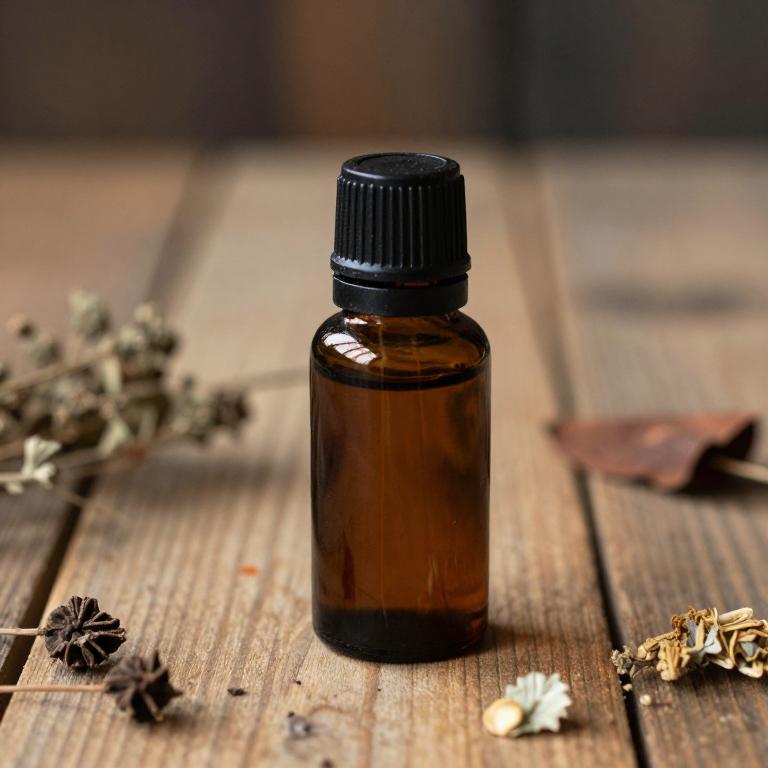
Cinnamomum zeylanicum, commonly known as cinnamon, contains essential oils that have been traditionally used for their antiviral and anti-inflammatory properties.
These oils may help reduce the symptoms of fever blisters on the lips by inhibiting the replication of the herpes simplex virus. When diluted properly, cinnamon essential oil can be applied topically to the affected area to soothe irritation and promote healing. However, it is important to use a carrier oil to prevent skin irritation and ensure safe application.
While cinnamon essential oil may offer some relief, it should not replace medical treatment for severe or persistent cold sores.
9. Pimpinella anisum
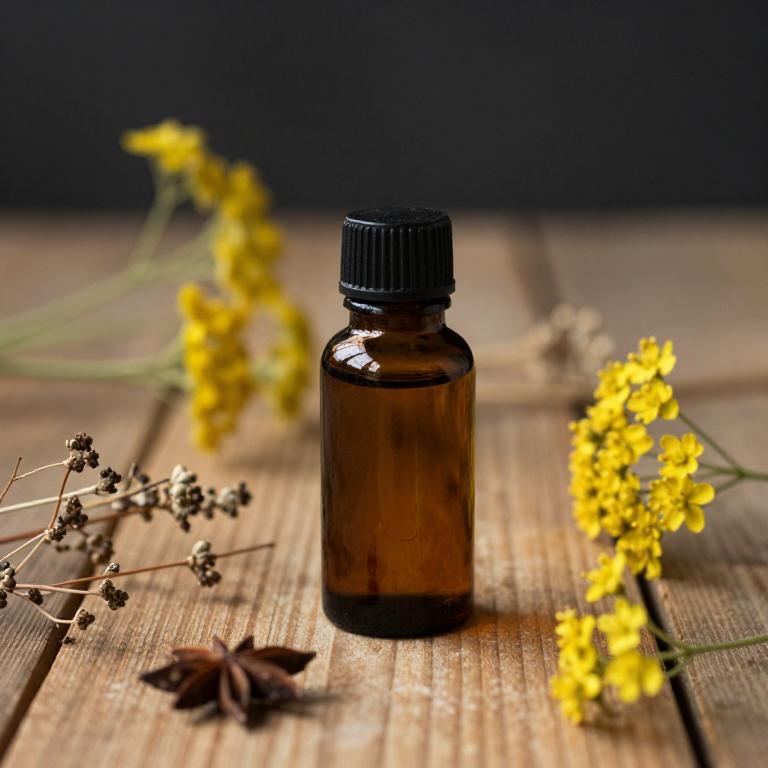
Pimpinella anisum, commonly known as anise, is a herb that contains essential oils with potential antiviral and anti-inflammatory properties, which may be beneficial for treating fever blisters on the lips.
The essential oil derived from anise seeds can help reduce the symptoms of cold sores by soothing the affected area and promoting healing. When diluted properly with a carrier oil, anise essential oil can be applied topically to the lips to alleviate discomfort and speed up recovery. However, it is important to consult with a healthcare professional before using essential oils, especially for sensitive skin or during pregnancy.
While anise essential oil may offer some relief, it should not replace conventional medical treatments for viral infections like herpes.
10. Chamomilla recutita
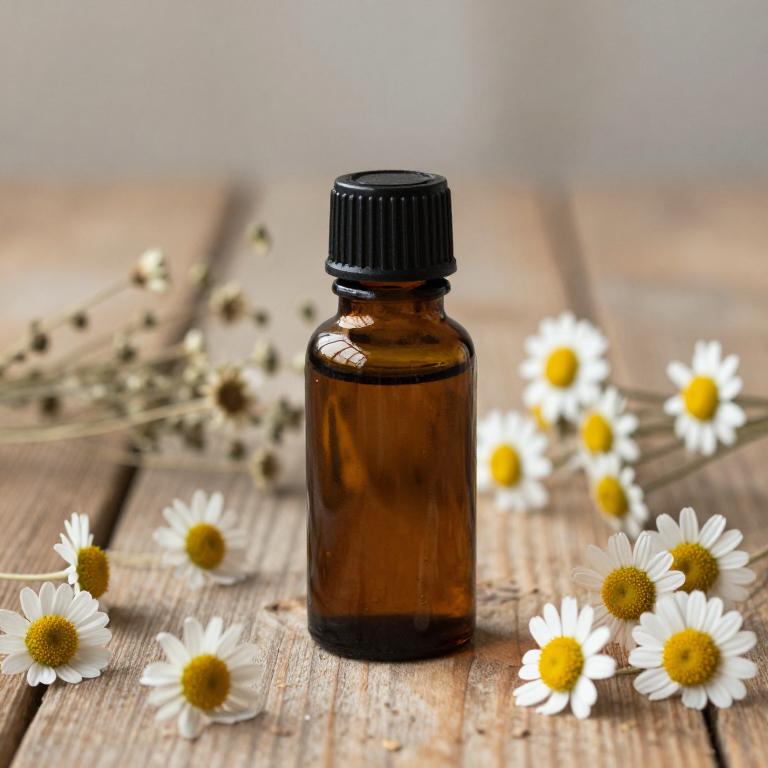
Chamomilla recutita, commonly known as German chamomile, contains essential oils that have been traditionally used for their anti-inflammatory and antiviral properties.
When applied topically, the essential oil of chamomilla recutita may help reduce the swelling and redness associated with fever blisters on the lips. However, it is important to dilute the essential oil with a carrier oil to prevent skin irritation, as undiluted essential oils can be harsh on sensitive skin. Some studies suggest that the compounds in chamomile, such as bisabolol and chamazulene, may help soothe the blistering and promote healing.
While it can be a useful complementary treatment, it should not replace medical advice, especially for severe or persistent cold sores.